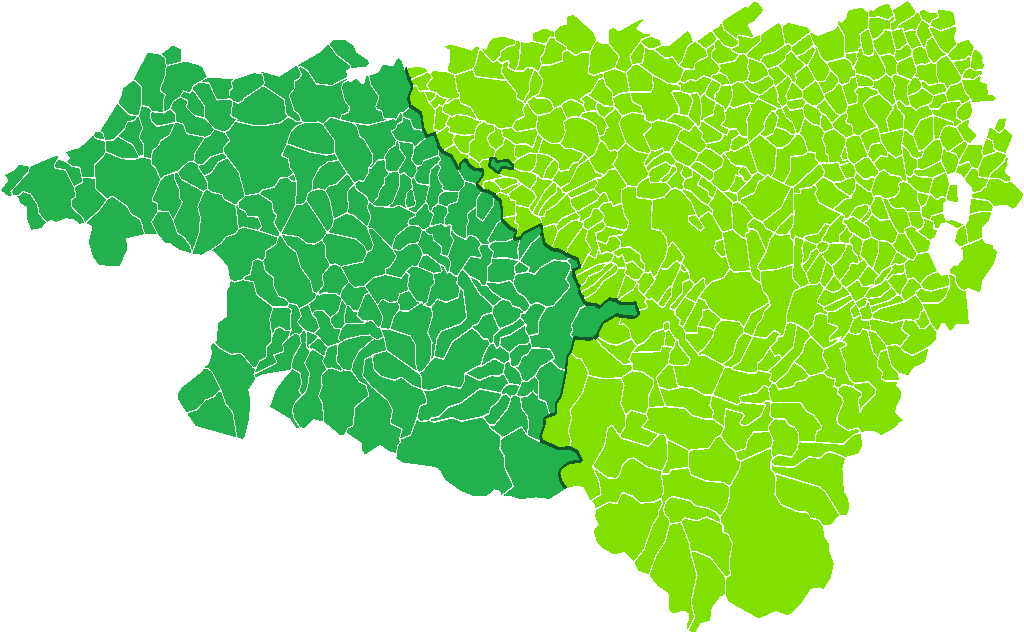|
Lac D'Artouste
Lac d'Artouste is a lake in Pyrénées-Atlantiques, France in the region of Nouvelle-Aquitaine. At an elevation of 1997 m, its surface area is 0.56 km². Geography Topography The Lac D'Artouste is a natural lake of glacier origins in the Ossau Valley situated at in altitude. It is bordered on three of its four sides by the Pyrénées National Park. Hydrography The lake receives water from the Arrémoulit Creek (coming from the Arrémoulit Lakes), from a serpentine creek coming from the Arrious Lake Peak and from the Batboucou Lakes. The Gave du Soussouéou is fed by the lake. The Lac d'Artouste is also connected to the Migouélou Lake by an 800m gallery currently unused under the Artouste Pass by the Carnau Lakes, and in winter the Lac d'Artouste is also fed by three water cranes situated in the Azun Valley at the foot of the Balaïtous (Batbieilh, Batcrabère et Larribet), of which the water would normally run towards the gave de Pau. The dam also su ... [...More Info...] [...Related Items...] OR: [Wikipedia] [Google] [Baidu] |
Pyrénées-Atlantiques
Pyrénées-Atlantiques (; Gascon Occitan: ''Pirenèus Atlantics''; eu, Pirinio Atlantiarrak or ) is a department in the southwest corner of France and of the region of Nouvelle-Aquitaine. Named after the Pyrenees mountain range and the Atlantic Ocean, it covers the French Basque Country and the Béarn. Its prefecture is Pau. In 2019, it had a population of 682,621.Populations légales 2019: 64 Pyrénées-Atlantiques INSEE History Originally named Basses-Pyrénées, it is one of the first 83 created during the |
Reservoir
A reservoir (; from French ''réservoir'' ) is an enlarged lake behind a dam. Such a dam may be either artificial, built to store fresh water or it may be a natural formation. Reservoirs can be created in a number of ways, including controlling a watercourse that drains an existing body of water, interrupting a watercourse to form an embayment within it, through excavation, or building any number of retaining walls or levees. In other contexts, "reservoirs" may refer to storage spaces for various fluids; they may hold liquids or gasses, including hydrocarbons. ''Tank reservoirs'' store these in ground-level, elevated, or buried tanks. Tank reservoirs for water are also called cisterns. Most underground reservoirs are used to store liquids, principally either water or petroleum. Types Dammed valleys Dammed reservoirs are artificial lakes created and controlled by a dam A dam is a barrier that stops or restricts the flow of surface water or underground streams ... [...More Info...] [...Related Items...] OR: [Wikipedia] [Google] [Baidu] |

